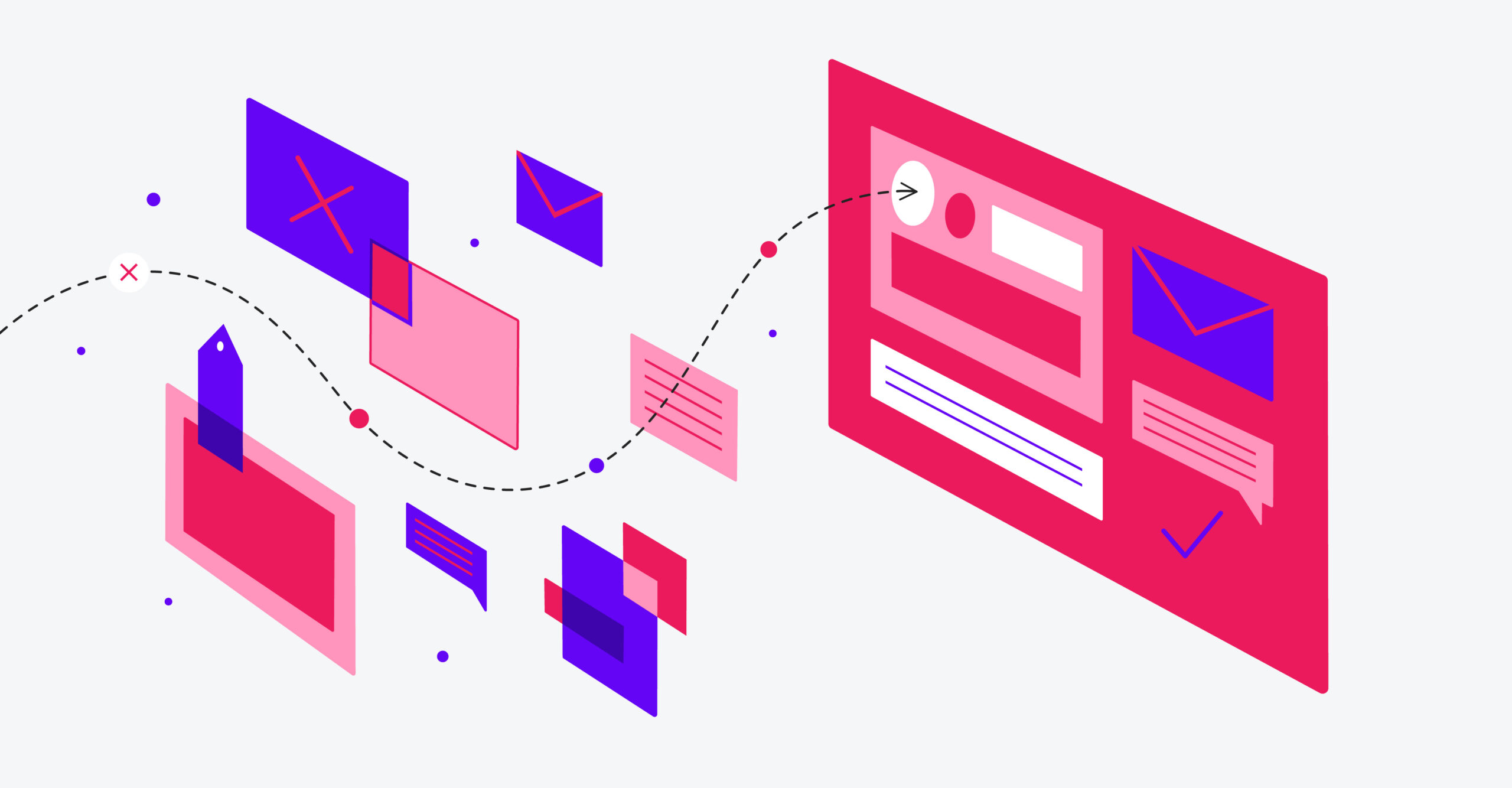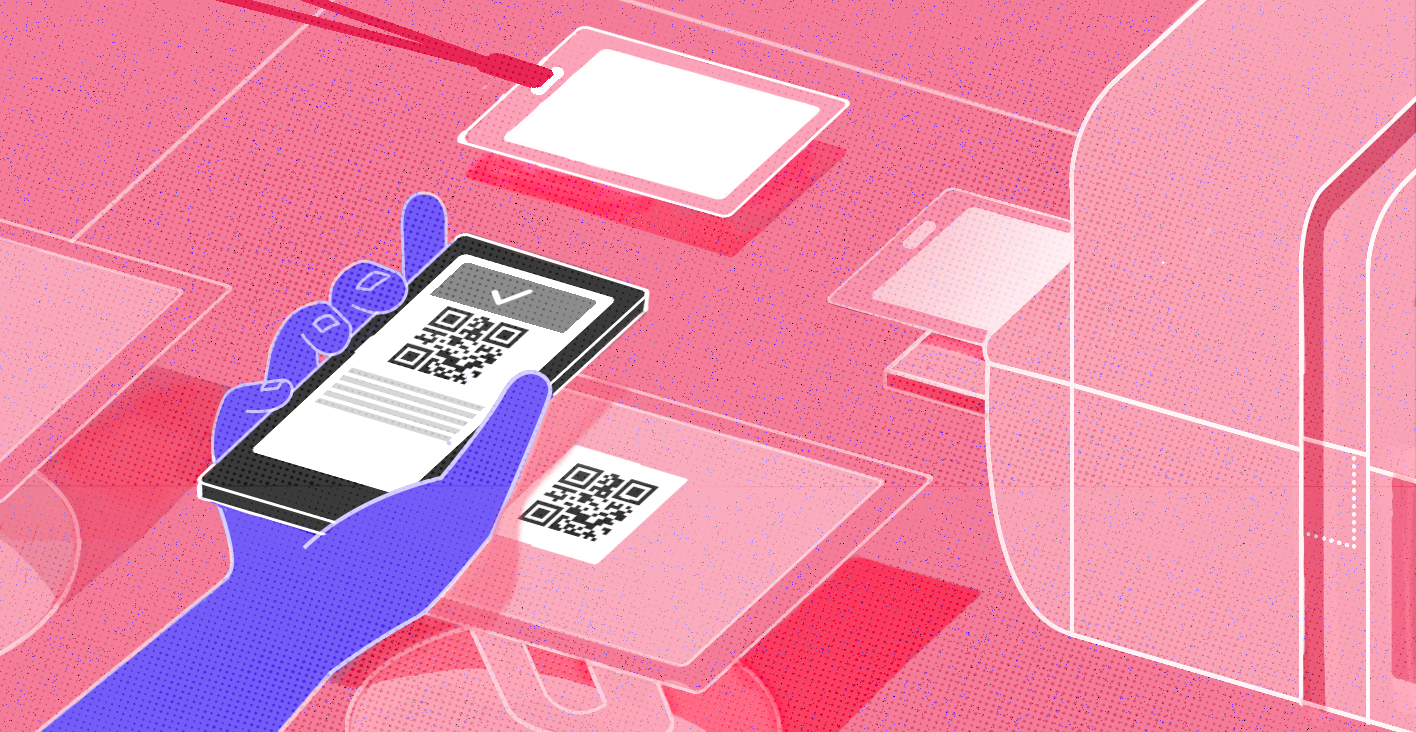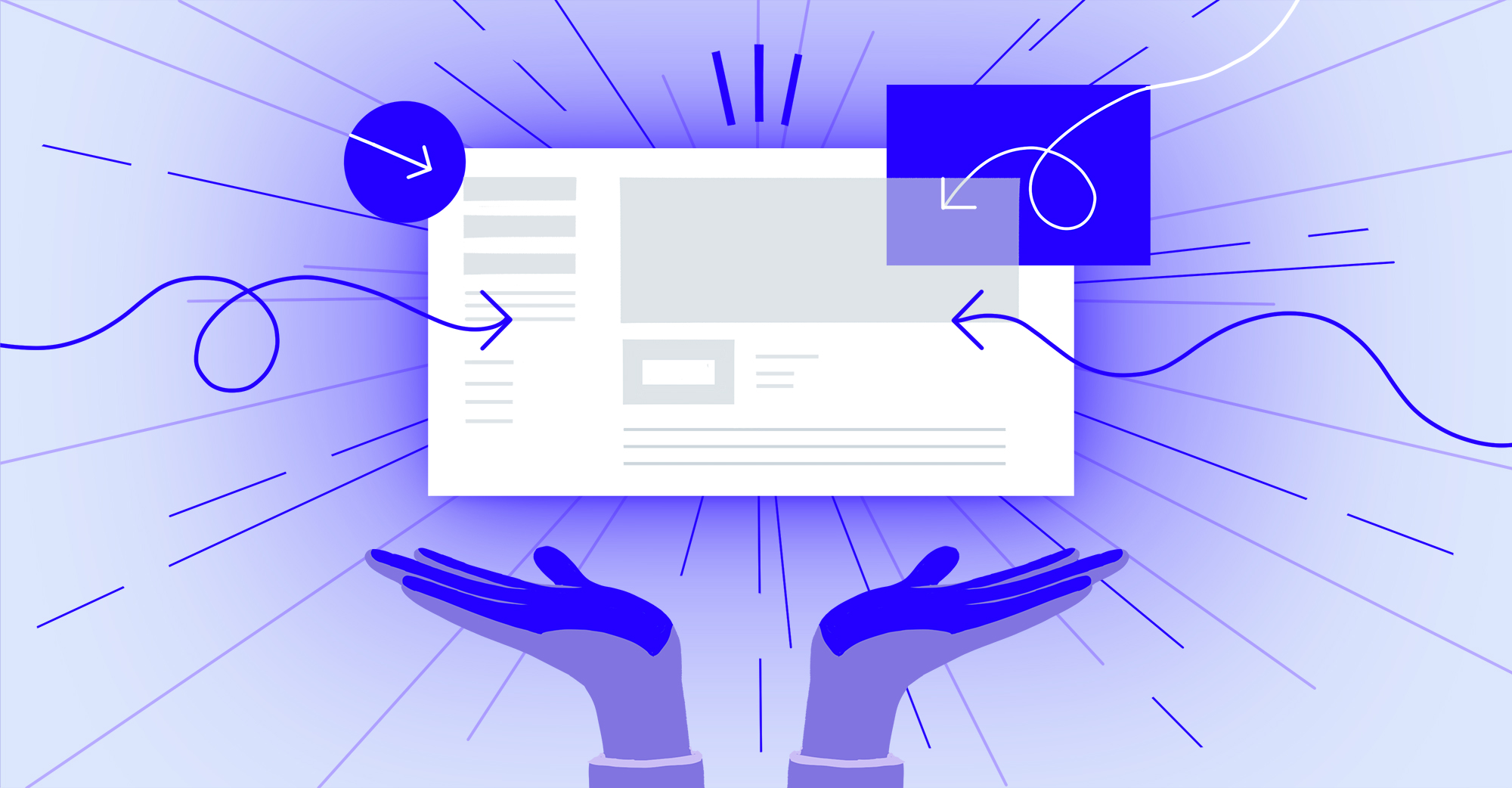Event leaders hear a lot about digital transformation for events. But is “digital transformation” just a buzzy phrase? What does a truly impactful digital transformation require? And is it worth the time and effort when you have a busy event calendar?
Our research and real-life results from clients have shown that a true digital transformation within an organization delivers enormous benefits — including for events.
There are four components of a genuine digital transformation. Organizations focus on increasing data and analytics, prioritizing mobile applications, responsibly incorporating AI tools, and deploying upgraded dedicated solutions.
The potential positive impact on events is enormous. Of course, we see the direct benefits: Digital transformation makes your events themselves much more data-rich, personalized, and effective. Integrations, AI-assisted analysis, and more can help your team better meet attendees’ needs, measure show results, and make smart data-backed improvements.
We’ve also seen a few less immediately obvious — but equally important — ways that digital transformation positions organizations for event success:
- Increased efficiency. Digital transformation requires investment in both time and money, but the payoff resonates for years. This realization often starts with mindset-shifting questions: Why pay for piecemeal solutions with overlapping capabilities when a single streamlined solution could do it all for less? Why continue struggling with inputs for complicated spreadsheets for tasks that could be automated?
- Greater employee happiness. Frustrations with clunky processes, wasted time spent using systems that don’t work as they should, and being unable to accomplish important tasks on the go can stop employees from performing their best and reaching their goals. They might even seek a new job at a competitor with a more efficient, convenient tech stack and savvy digital-minded approach.
- Ease of pivoting. In the events industry, we need to think back just a few short years — spring 2020, as the COVID-19 pandemic hit — to find one of the most memorable reminders of how important it is to operate with speed and flexibility when the unexpected happens. An organization that has embraced digital transformation can adapt its events strategy more easily for anything, large or small, that comes next.
As events become an increasingly valued and integrated part of organizations’ sales and marketing strategies, digital transformation is a universal lift.
Ready to take the first steps or accelerate your current efforts? Our new guide, “Digital Transformation: Elevating Events and Beyond,” is filled with the guidance your team needs — from thinking through ROI to overcoming common obstacles and launching. It’s tailored just for event teams and draws on RainFocus’ experience with innovative clients across every industry.









